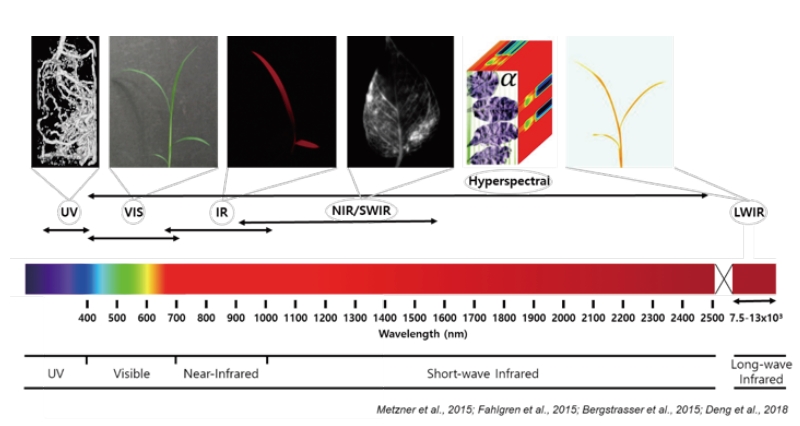Abstract
Plant image science is a branch of science which utilizes image science comprising techniques and processes to acquire, process and analyze plant images for plant research. With recent remarkable development of image sensing and processing techniques, plant image science has enabled plant scientists to diagnose invisible plant responses to biotic and abiotic stresses and to assess phenotypic traits including morphological and quantitative traits non-destructively and more accurately. In plant phenomics, an area of science concerned with the measurement of plant phenomes, plant image science plays a core and essential role, enabling high throughput phenotyping of plants. Various researches revealed that analyses of plant spectral images acquired at various wave lengths, particularly chlorophyll fluorescence and infrared thermal images, can detect herbicidal activity of unknown compounds even when no visual symptom appears but also diagnose herbicide resistance in weeds non-destructively. Our review thus suggests that plant image science will become an essential part of high throughput screening (HTS) in herbicide development, herbicide resistance management, and weed identification in a future weed research.
Figures & Tables

Fig. 1. Plant spectral images at a range of light wavelengths (modified based on Fahlgren et al. (2015), Bergsträsser et al. (2015), Metzner et al. (2015), Deng et al. (2018)). UV, ultraviolet; VIS, visible; IR, infrared; NIR/SWIR, near infrared/short-wave infrared; LWIR, long-wave infrared.


